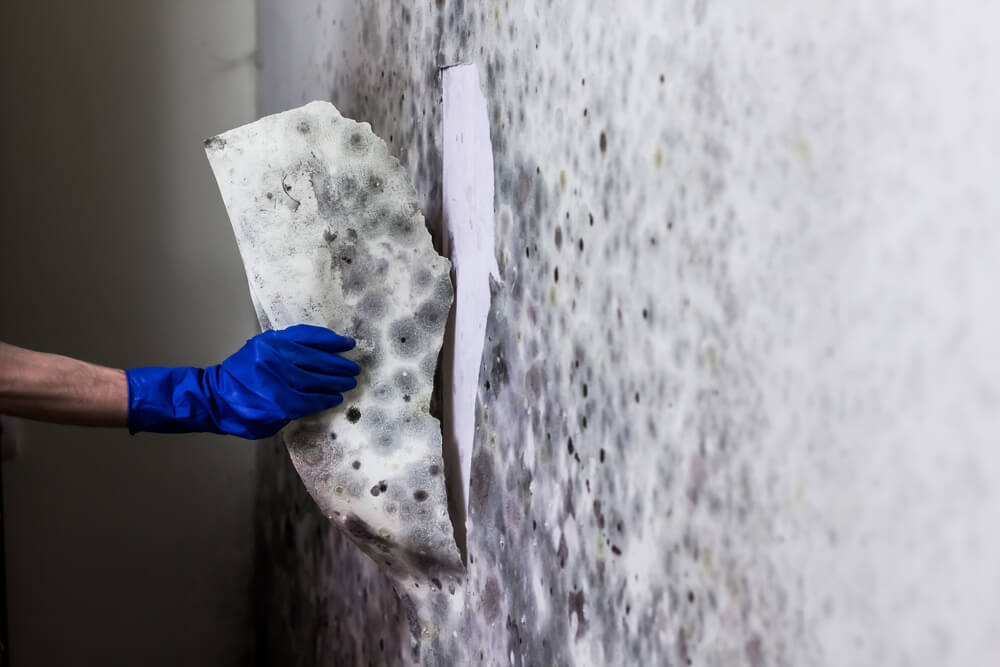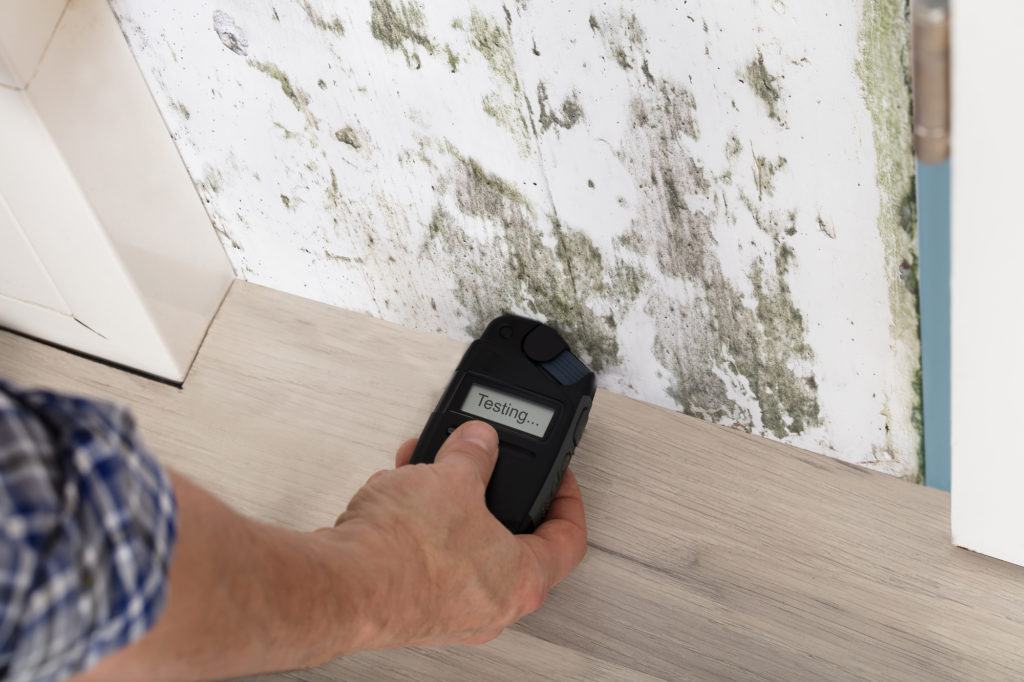Locating Post Remediation Inspection Near Me Solutions
Wiki Article
Effective Article Mold Removal Solutions for Your Home
Mold and mildew development in homes can be a persistent problem, typically needing a methodical method for effective post-remediation services. From understanding the factors that add to mold and mildew advancement to carrying out appropriate cleaning techniques and dampness control actions, the procedure can be elaborate yet essential for maintaining a healthy living setting. Furthermore, checking out natural removal options and establishing a routine for recurring upkeep are vital components of a comprehensive mold and mildew remediation approach. As property owners make every effort to attend to mold and mildew problems, locating one of the most effective services becomes extremely important for the health of their homes.Recognizing Mold And Mildew Development Factors
The key variable adding to mold and mildew growth is moisture. Mold spores call for wetness to sprout and grow, making moist or damp environments highly vulnerable to mold problems.
Furthermore, air flow and light exposure can affect mold development. Areas that lack proper air flow and natural light are extra susceptible to mold advancement. By dealing with these variables comprehensively, people can effectively minimize mold growth and guard their living atmospheres.
Proper Mold Cleansing Methods
Using reliable cleaning techniques is important in avoiding the reappearance and dealing with of mold and mildew contamination in interior environments. When taking care of mold, it is crucial to focus on safety by using safety equipment such as gloves, safety glasses, and masks. The first step in proper mold cleaning is to consist of the afflicted location to stop the spread of spores to unpolluted locations. This can be attained by sealing the room and making use of air scrubbers or adverse air machines to maintain air top quality.
Applying Moisture Control Actions
To efficiently stop mold and mildew development and contamination in interior environments, executing wetness control procedures is extremely important. Moisture is the primary element that fuels mold development, making it critical to manage humidity levels within the home. One effective measure is to use dehumidifiers to maintain indoor humidity levels listed below 60%. In addition, ensuring proper ventilation in locations vulnerable to moisture build-up, such as washrooms and kitchens, can help in reducing the threat of mold and mildew growth. On a regular basis checking and repairing any leaks in pipes, roof coverings, or home windows is likewise vital in avoiding excess moisture accumulation. Making use of exhaust followers while cooking or showering, and permitting air blood circulation by maintaining furniture slightly far from walls can aid in dampness control. Using moisture-resistant materials in high-humidity locations, such as mold-resistant drywall and paints, can be helpful. By vigilantly executing these wetness control measures, home owners can efficiently reduce the chance of mold recontamination and maintain a healthy indoor atmosphere.Using All-natural Removal Solutions
After efficiently carrying out wetness control measures to protect against mold and mildew growth in interior atmospheres, property owners can now discover the efficiency of natural removal services in keeping a healthy and balanced living space. All-natural remediation remedies use environmentally pleasant methods to combat mold and mildew and mildew, making them a preferred option for those looking for non-toxic choices. By integrating these natural removal remedies into their cleaning regimens, property owners can effectively deal with mold development while advertising a healthier interior atmosphere for themselves and their households.
Keeping a Mold-Free Environment
Frequently examining areas vulnerable to mold and mildew growth, such as bathrooms, basements, attic rooms, and over here kitchen areas, is critical. Appropriate ventilation in locations with high humidity degrees is likewise key to preventing mold and mildew growth.Furthermore, preserving tidiness in the home is essential for mold prevention. Keeping indoor plants in check and guaranteeing appropriate water drainage in outdoor landscaping can minimize moisture build-up, minimizing the probability of mold invasions.
Final Thought
Finally, it is vital to address mold development elements, make use of correct cleansing techniques, execute dampness control measures, use all-natural removal options, and maintain a mold-free environment in order to successfully deal with post mold and mildew remediation in your house - Post Mold Remediation Report. By following these techniques, you can avoid mold and mildew from repeating and make sure a healthy living their explanation atmosphere for you and your household
The main variable contributing to mold and mildew development is dampness. Mold and mildew spores need wetness to thrive and sprout, making humid or wet environments very prone to mold infestations.To efficiently avoid mold development and contamination in interior settings, implementing dampness control measures is paramount. In addition, making certain correct air flow in areas prone to moisture buildup, such as kitchen areas and restrooms, can help lower the you could check here danger of mold growth.After successfully executing wetness control measures to stop mold growth in interior environments, homeowners can now check out the performance of all-natural removal solutions in preserving a healthy living space.
Report this wiki page